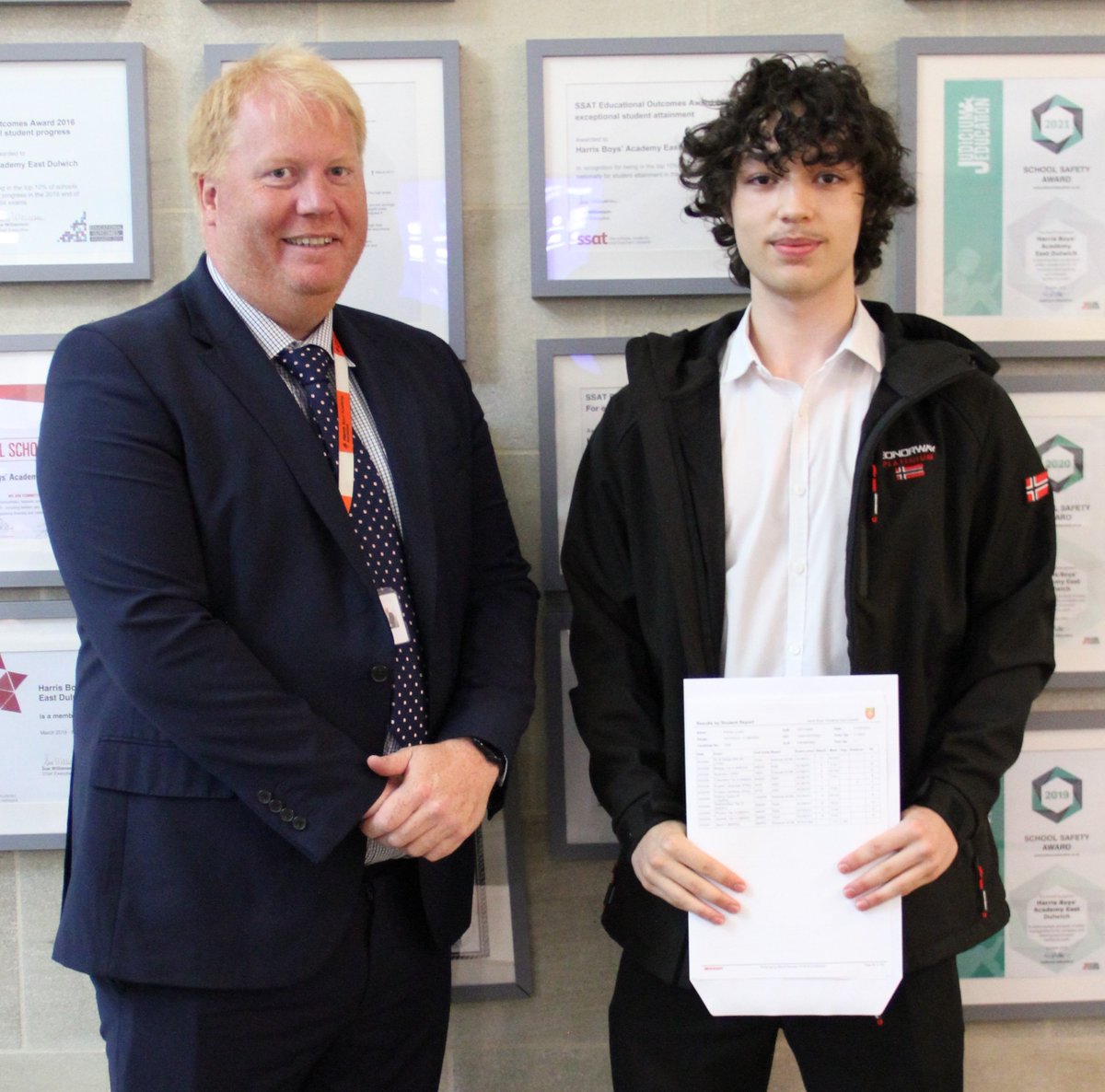Latest News
Posted on March 5th 2024
Oscillation Orchestra: The Physics Behind Music.
A write-up of a recent practical from Year 12 Physics students Dilhan, Iremide and Daniils.
Guitars and measuring cylinders have properties and uses completely unlike each other, but they can be similar through the creation of music. We, the Year 12 physics class, have put together what we have learnt during the week, creating fun out of our knowledge of waves.
In class, we have currently been studying the topic of stationary waves, a form of wave that has points of maximum displacement (Anti-nodes), and points of no displacement (Nodes). This is created from two progressive waves passing through each other in opposite directions.

Let's say you have a bottle, and you blow over the top of it. The sound wave that is created in the bottle will be a stationary wave, because of an area where the particles can vibrate (the opening) and a barrier at the bottom, which essentially creates a node - antinode pair. This means a quarter of the wavelength of a stationary wave is formed in the bottle.
As another example, in the diagram below, the tube has one end closed, meaning that air cannot travel back and forth at that point. Therefore, this point acts as a node, and the open-end acts as an antinode. The tube also represents a quarter of the original wavelength. This is why we used measuring cylinders in our experiment.

To create different pitches, different wavelengths are required, so our tubes need to have different lengths to resonate through, from the use of tuning forks. By using water, we create different lengths for the tubes, which also adjust the wavelength and form the pitches that we desire.

What affects pitch?
Noise from a guitar comes from the vibration of the string when being plucked. The pitch is changed by adjusting the wavelength, which can be done by placing your finger at different positions of the fretboard. Alternatively, the pitch of a string can also be changed by changing the tension applied on the string, which is what tuning pegs on a guitar are for. Therefore, it can be shown that the tension, length and mass per unit length can be linked using the equation:

How pitch and wavelength link together
Pitch is caused by the frequency of the waves that are formed, which are both directly proportional: As the frequency of a wave increases, the pitch increases, and vice versa. Knowing this, we can bring in a vital equation:

Considering that the speed of sound waves remains constant (343 m/s), we would be able to work out the frequency we would resonate at with the quarter of the wavelength we have decided to use, giving us the pitch that we desire.
Application in class
We used all this knowledge to fill different tubes of water which directly correlates to the ideal wavelength needed, for the pitch to be at its ideal amplification (the right resonance). With a tuning fork for each note of the C major scale, and a tube of water correlating to the right frequency. Our conductor, Mr. Hodgson, was able to wonderfully orchestrate our class to follow a basic 1,4,5 chord progression in C major.
So, as long as you have multiple measuring cylinders, a supply of water, and a bunch of various tuning forks lying around, you would be able to bring different notes and melodies to life, from the Star Wars intro to your favorite Dua Lipa melody.






















